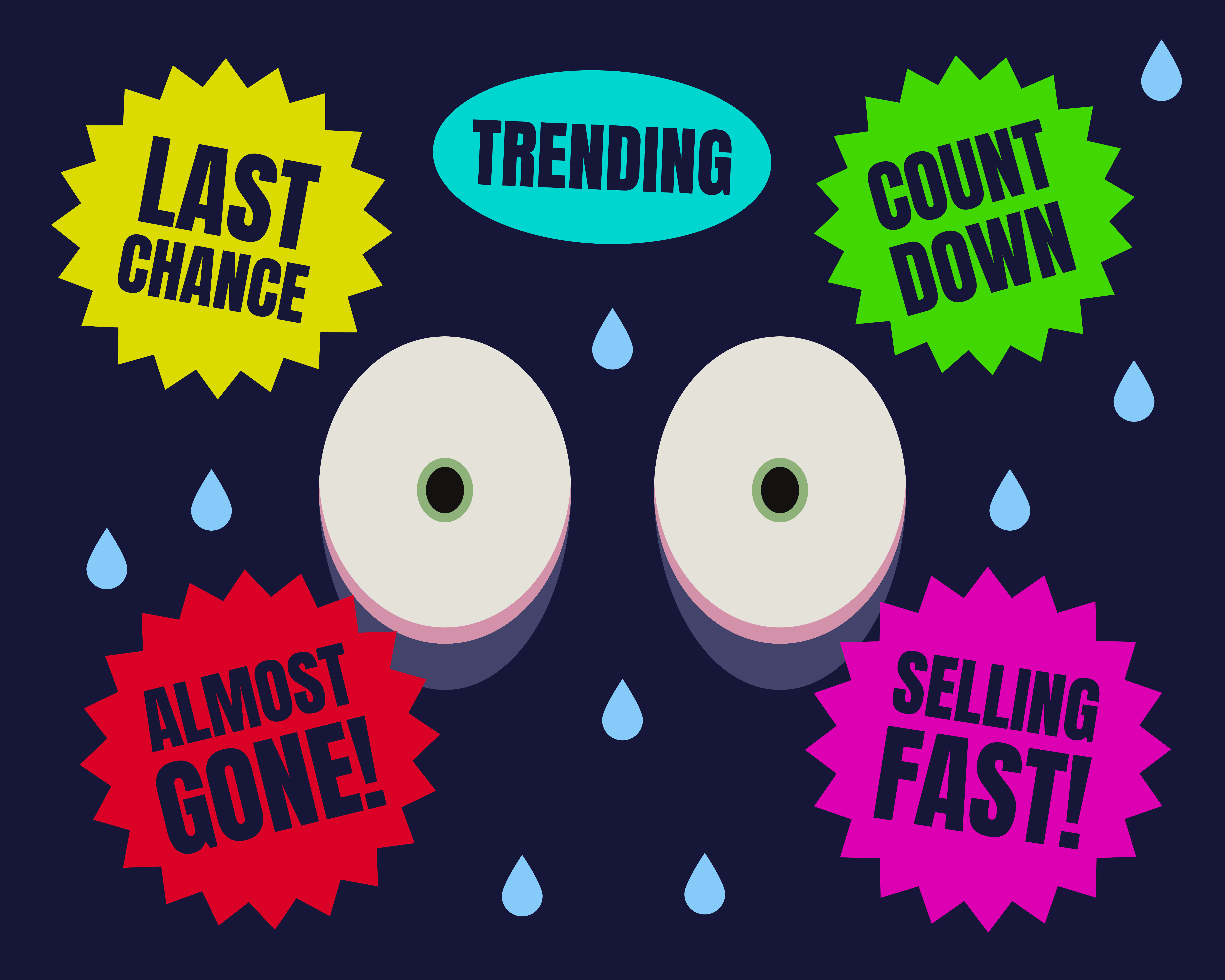There are fewer than 100 days to go. Mince pies are already on the shelves. That’s right, it’s time to talk about Christmas.
We want and need Christmas in a profound way.
Consumers are already telling us that Christmas takes on new depth of meaning as we endure coronavirus. In 2019 many said that the stress of Brexit uncertainty and a winter election meant they planned to spend their way into a better mood at Christmas (Deloitte). Fast forward to August, and Waitrose revealed that searches for ‘mince pies’ are up 42% on the same time last year. All the signs are that we want Christmas more, and that we’ll be embracing shopping as a source of cheer, as opposed to a chore.
I asked Gill Jarvie, from our friends over at Republic of Media (gillj@republicofmedia.co.uk), for her take from the channel marketing perspective. She tells me these factors mean things will kick off sooner: “There is a general feeling in the market that preparing for Christmas will start earlier this year, as we all want something to look forward to.”

The mood is lowkey.
The seasonal ads typically project exuberance in technicolour. Expect to see that things feel decidedly grounded this year.
Christmas has become a moment for comfort after these difficult months. Ebay asked customers about their top priorities; which are to spend time with loved ones (57%), have a quiet Christmas after a difficult year (29%) and spend time at home by choice rather than obligation (23%). It’s very much a mood of hunkering down, rather than venturing out. Only 6% of us are planning to spend time somewhere new, or want to travel abroad if it’s possible to do so.
This homely context bleeds into what we want to see in advertising. In tough times, nostalgia is always a market trend. Just look at the M&S product range, with its distinctly Dickensian feel.
Three out of four people think brands should focus on real people in Christmas campaigns this year, instead of producing the usual style of ads (One Poll). After a period when we’ve had to compromise and sacrifice so much, projecting fantasy and excess will feel jarring. Gill agrees; “Indulgence would usually be a key theme, but the current economic situation may result in people opting for a more frugal ‘handmade’ Christmas.”
Gift-giving and shopping habits.
The pandemic has prompted us all to reconsider our priorities. Coronavirus has humbled us. It’s woken our planet up to the importance putting the needs of people above profit.
Add to that shrinking employment rates and looming recession, and gifts are likely, for many, to shift from materialistic to meaningful. And it’s not just when it comes to others. The trend of self-gifting is expected to grow too. After months of careful spending, Christmas is the opportunity for many who’ve seen their household income affected to treat themselves at last.
What we buy is part of the picture, and there’s also the how, too.
Across the board experts agree that a marked shift in favour of online shopping will continue. Gill confirms: “Over lockdown, online shopping accelerated - seeing a 129% increase at the peak of the pandemic. With social distancing measures making the physical shopping experience less enjoyable, online is expected to increase its share this Christmas. With the average person’s daily digital consumption rising from 3hrs 29mins to 4 hrs 2mins, having an online presence will be key.”
Spaces and places.
So, as the Christmas shopping experience becomes increasingly digital, what does this mean for media dynamics? Gill tells us that there are opportunities to be had: “TV viewing increased over lockdown with linear TV up 21%. Huge deflation in the market offered advertisers some great value over the summer. Whilst November and December look flat in terms of revenue and inflation, the sales houses continue to encourage late money without penalty.”
If we’re at home watching our various screens, what does that mean for outdoor? “The out-of-home market has suffered, but roadside traffic as of early September is up 21% in Central Scotland from the levels in Jan-Feb as people continue to avoid public transport. There are some excellent deals to be had, which can be booked short term or with a cancellation policy in place to mitigate further lockdowns.”

What does all this mean for you?
You’re likely working on your Christmas campaign already, but hopefully these insights offer useful context to shape your approach. As we’ve heard from Gill, the media landscape is fluid and there are bargains to be had. Could this be the year to try a new channel that was previously too expensive – or to revisit one that hadn’t been holding up on ROI in the past?
Of course, we can’t just strategize based on budget. Now that we know that Christmas 2020 will have a homely, meaningful feel, have a good think about the spaces you want to be seen in this season.
At the risk of sounding obvious, online is of paramount importance. How can you give people a feeling of being in control, when so much has been taken away from us this year? How can you help your customer discover what they didn’t know they were looking for? In this sentimental climate, facilitating self-care and thoughtful gift-giving are great tactics to boost engagement and sales. And now is the time to audit and perfect the experience you provide. Are there any ways you can make your UX more seamless?
We know that togetherness, sentimentality and nostalgia are the big themes, rather than indulgence, celebration and excess. Where does your proposition fit, in that picture? How do you want to make your consumers feel after such an “unprecedented” year?
They say necessity is the mother of invention. We’ve seen smart companies pivot their products and messaging in some inspiring ways in 2020. Going into this festive season, the winners will be those who flex their marketing in response to the immediate consumer needs triggered by the pandemic.
Chat to us about how to ensure you’re among them.




